Fixing The Type 64’s Flaws
The Japan Self-Defense Forces (JSDF) had long relied on the Howa Type 64 rifle, with some units still using the obsolete relic.
Despite being postwar Japan’s first domestically produced rifle, the Type 64 has been subject to criticism, mostly for being heavy and having too many parts that tend to fall off.
Although some soldiers praised it for being accurate or useful in defensive positions, the majority were negative reviews, prompting JSDF to introduce the Type 89 rifle in 1989.
- General Overview
| Weight | 3.5kg/7.7lbs |
| Length | 0.92m/3.01ft |
| Caliber | 5.56mm |
| Firing Rate | 650〜850 rounds per minute |
| Effective Range | 500m/1,640ft |
| Magazine | 30 rounds |
| Unit Price | 2,200 USD |
Developed by the same manufacturer, Howa Machinery, the Type 89 remains as the Japanese main rifle to this day, with approximately 160,000 units produced.
As the Type 64’s replacement, the rifle uses reinforced plastic to reduce the weight, as well as shortening overall length for easier handling.
The number of parts were also reduced by 10%, improving the efficiency for both production and maintenance. The special tools required when disassembling the previous Type 64 is no longer necessary, and the Type 89 is less likely to suffer from falling component or malfunctions.
But, perhaps the most significant change is the switching from 7.62mm rounds used to 5.56mm rounds, thereby reducing recoil and increasing the ammo per magazine.
.jpg) Type 89 rifle on the field (photo: JGSDF)
Type 89 rifle on the field (photo: JGSDF)
In terms of firing mode, the Type 89 can perform an unique three-round burst in addition to the conventional single-shot and full-auto modes.
Compared to full-auto mode, the three-round burst is aimed to conserve ammunition while achieving better accuracy in close-quarters combat, though some have questioned its actual feasibility.
The rifle is also designed to reduce muzzle flash and recoil, and according to official data released by the Defense Ministry, the Type 89 is set to meet the following standards :
- A successful shot within a 19cm circle at 300 meters during single shot mode.
- Six-round bursts falling within a 2m x 2m square target.
Though these figures seem abstract, the Type 89’s accuracy is considered higher than other rifles, which typically aim within a 22〜23cm circle.
Such performance is backed by soldiers on the field, whom highly regard the rifle’s accuracy and sturdiness, at least in comparison to the controversial Type 64.
According to JGSDF personnel, the Type 89 performs particularly well when fired laying down or from a defensive position, and it has proven its reliability under various conditions, from cold weather climates and muddy terrain to humid sub-tropical islands.
Like the Type 64, it is mainly suitable for defensive combat, as it comes with a standard bipod, but the Type 89 is also capable of firing rifle grenades, ensuring better firepower.
Essentially, the Type 89 retained the strengths of the Type 64 while addressing its shortcomings.
The Army Has Priority
After being in service for over thirty years, the Type 89 has solidified its status as Japan’s main standard rifle, but not all units are fortunate enough to operate this weapon.
Many Navy and Air Force units, as well as the Coast Guard, are still stuck with the old Type 64 rifles since they are less likely to engage in ground combat.
On the other hand, JGSDF has mostly completed its replacement program, including both frontline and rear support units. Interestingly, the magazines issued to the units differ depending on their duties – the combat units receiving a 30-round magazine whereas the non-combat units use the 20-round type.
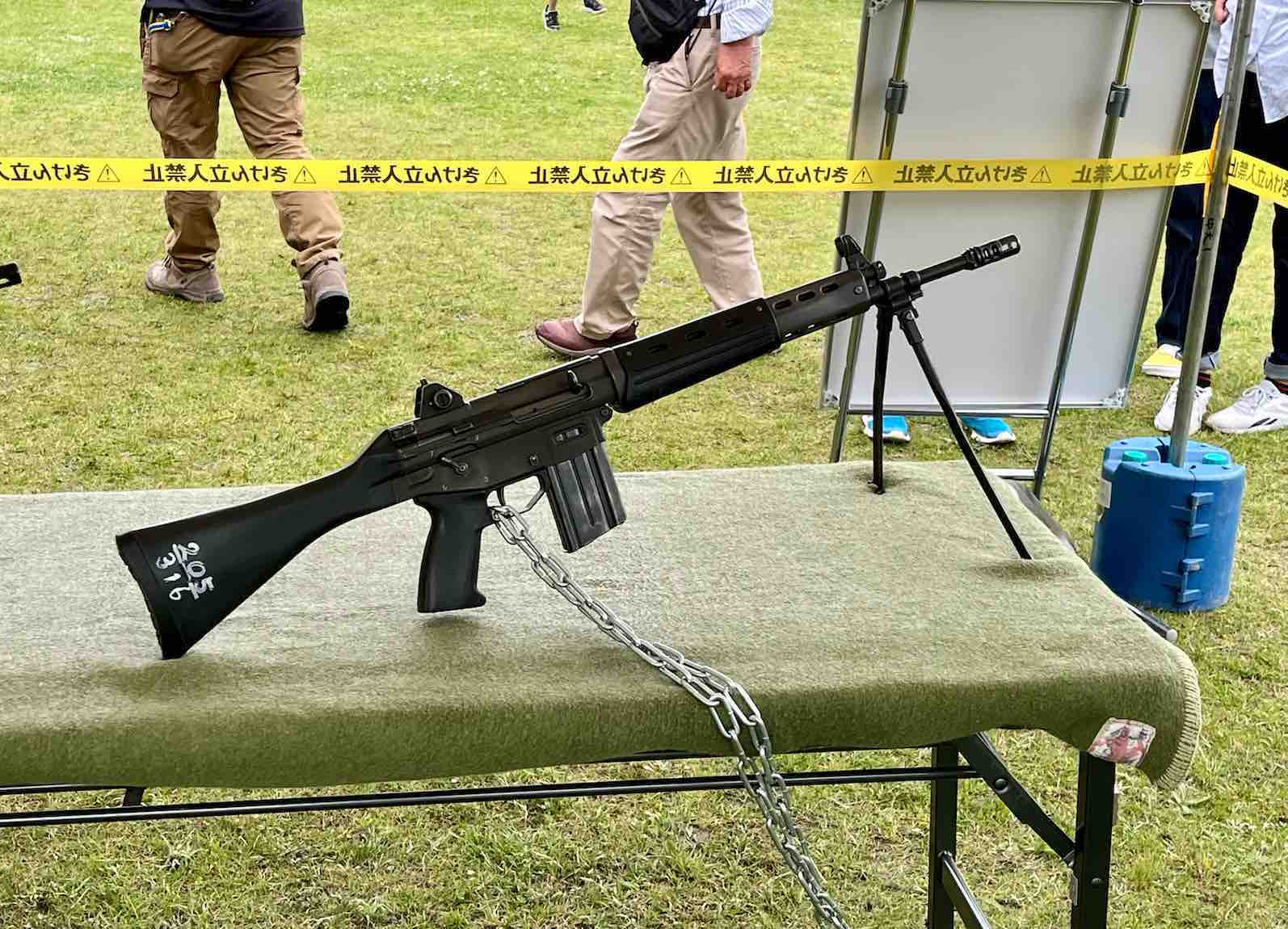 Type 89 with 20-round magazine
Type 89 with 20-round magazine
Some JGSDF units are even issued with a modified Type 89 rifle, such as the foldable-stock version used among paratroopers.
For those who conduct close-quarters combat or overseas deployments, their rifles will usually be equipped with optical sights, and some variants have the selector switches on the left side of the rifle, enhancing the flexibility that was absent in the Type 64.
Obviously, these special editions are mostly reserved for JGSDF, as they are the ones who conduct ground operations.
But, the fact that Naval and Air Force security units, whose job is to protect bases from guerrilla commandos, are still using the Type 64 is quite concerning.
Should an enemy infiltration team come ashore to sabotage radar sites, it is dubious whether a base defense unit with Type 64 rifles can hold them off.
High Cost And New Replacement
So, how come the Type 89 is not distributed to every military units across Japan?
Well, the answer is as usual – expensive unit cost owing to limited production.
Just like many other Japanese military equipment, as long as the existing restrictions bind weapons export, JSDF is the sole customer for Japan’s industry.
Unit prices will go up due to limited demand, and combined with the military budget constraints, JSDF will enter a vicious cycle of purchasing small numbers annually at a high price.
As such, the Type 89 remains more expensive than its foreign counterparts, thereby unable to replace every Type 64 even after 35 years.
That being said, the Type 89 itself is a reliable and fairly accurate weapon that elevated the quality of Japanese assault rifles to international standard.
To keep in line with foreign rifles, Japan has introduced the next generation rifle in 2020 – the Howa Type 20.
The Type 20 is designed to further meet the needs of modern combat as well as Japan’s changing security environment, mostly intended for island defense operations.
However, with nationwide deployment still years away, the Type 89 is likely to retain its position as the primary rifle for some time.


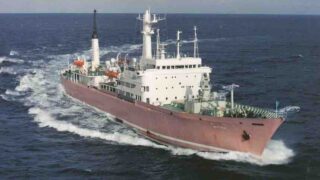
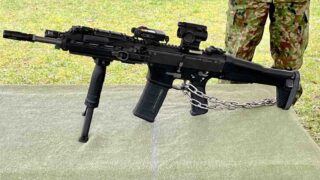
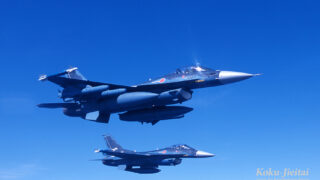
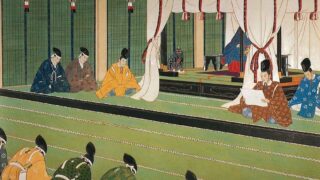


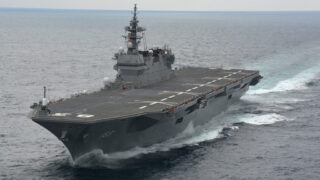
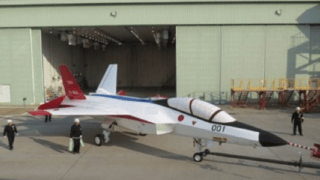
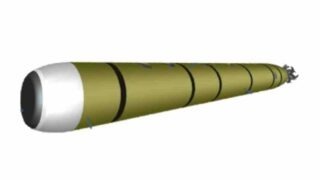
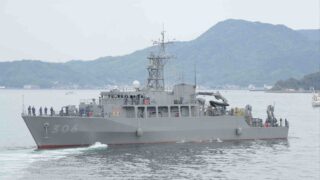
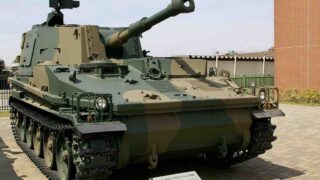

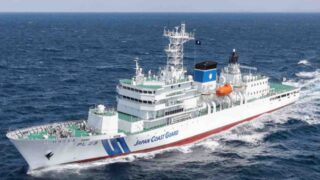
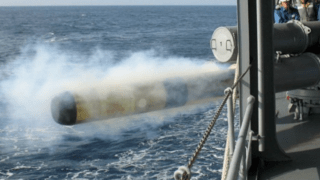
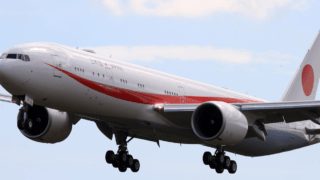
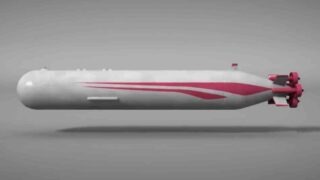
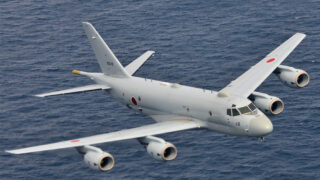
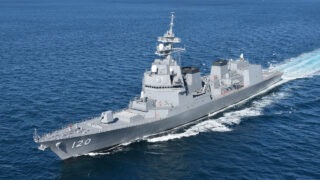
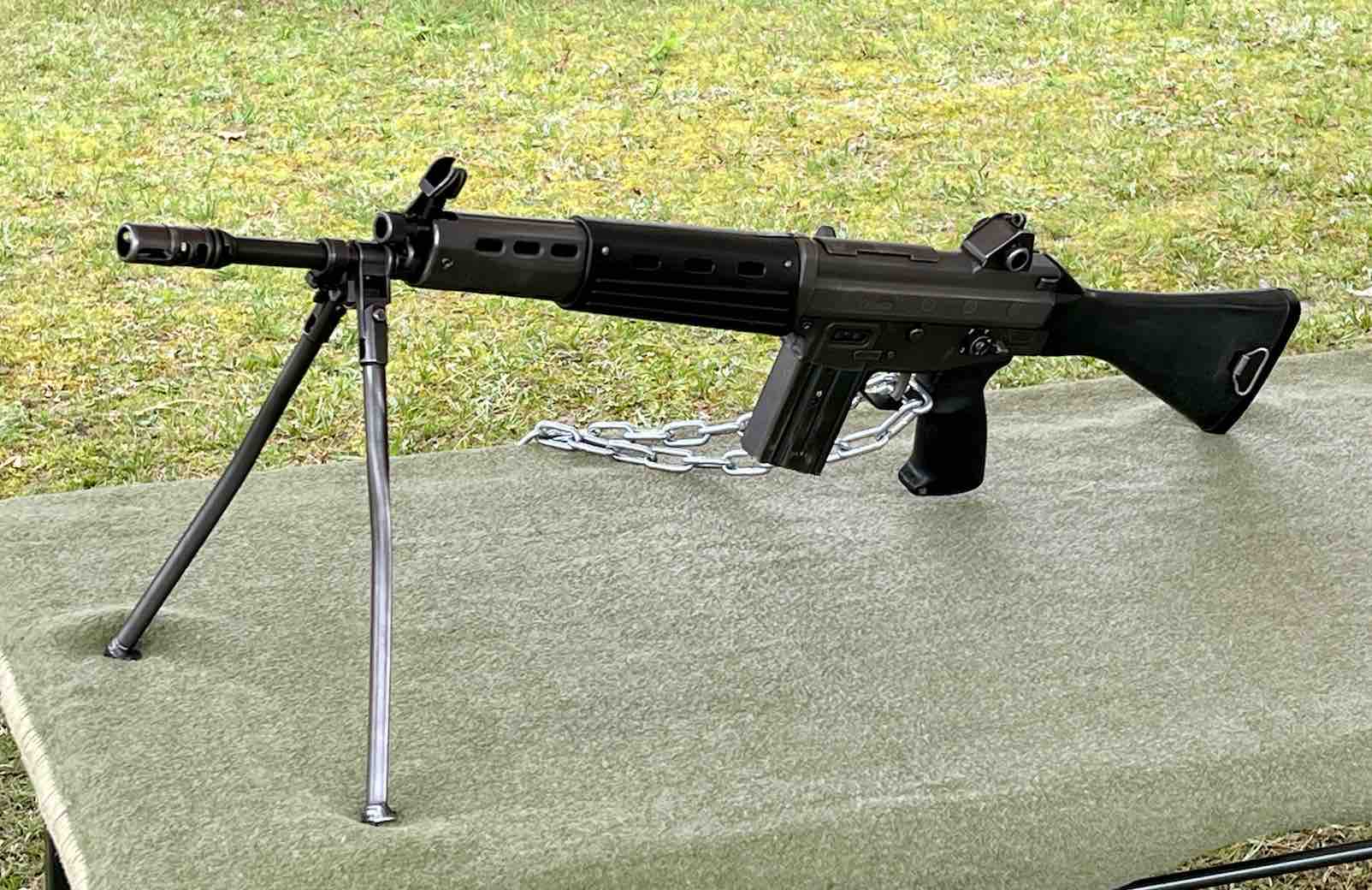
Comments